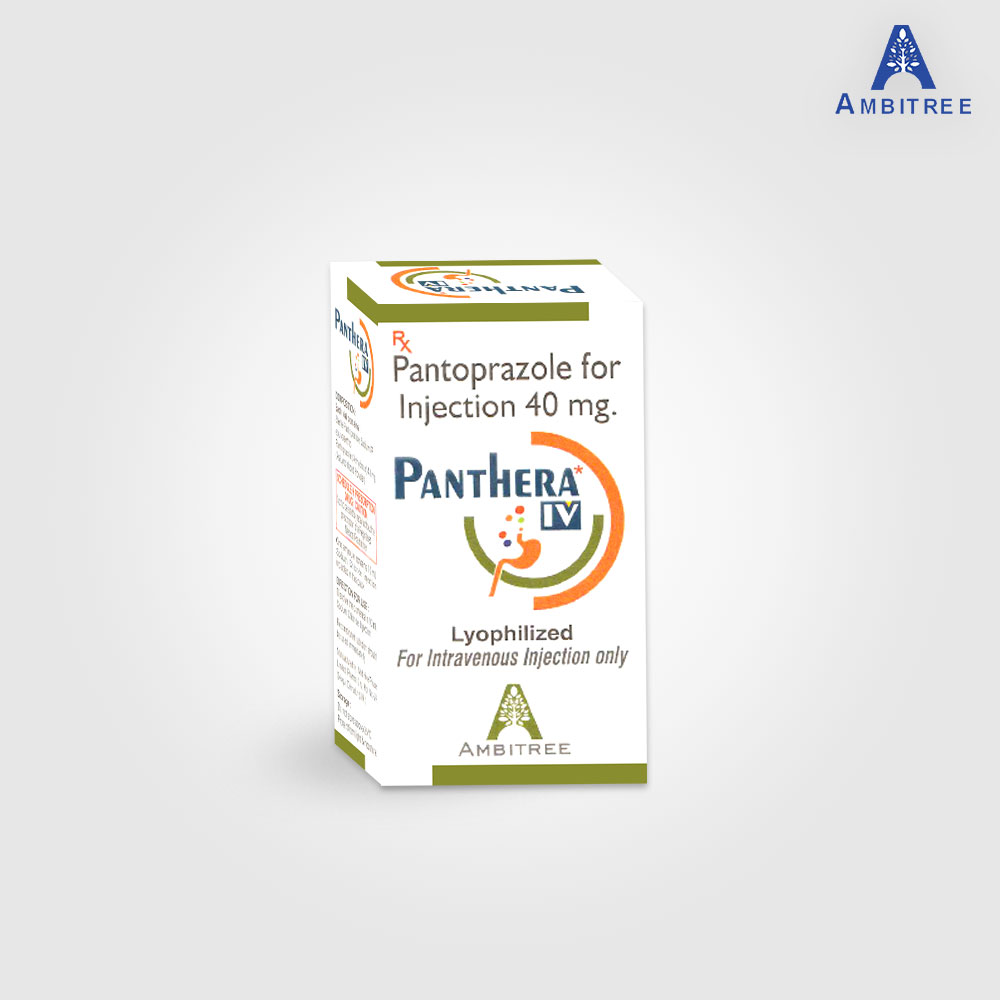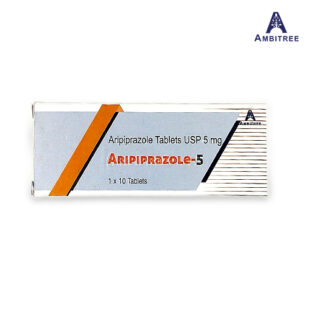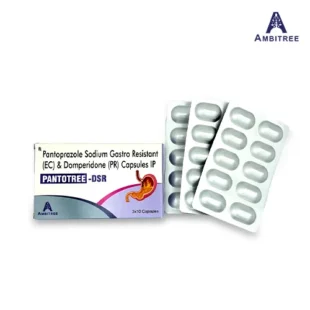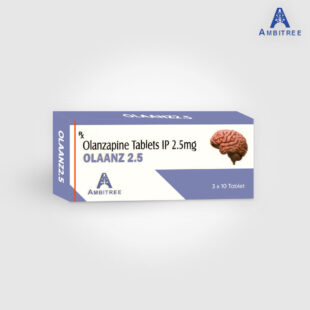- Your cart is empty
- Continue Shopping
Panthera* IV
Pantoprazole 40 mg power for solution for injection is a selective proton pump inhibitor a medicine which reduces the amount of acid produced in your stomach. It is used for treating acid-related diseases of the stomach and intestine. It is administered intravenously for rapid relief from conditions like gastroesophageal reflux disease (GERD), Zollinger-Ellison syndrome, and other acid-related disorders. The 40 mg injection ensures effective management of acute symptoms and provides quick relief from discomfort associated with excessive stomach acid.
BENEFITS:
- Provides rapid relief from acid-related gastrointestinal conditions
- Treats erosive esophagitis, gastric and duodenal ulcers
- Manages Zollinger-Ellison syndrome and other conditions involving excessive stomach acid production
HOW IT WORKS:
- Pantoprazole is a proton pump inhibitor (PPI)
- It works by blocking the enzyme in the stomach wall that produces acid, thereby reducing the amount of acid in the stomach
DIRECTIONS FOR USE:
- Administered by a healthcare professional as an intravenous injection
- Dosage and duration depend on the medical condition and response to treatment
- Follow the healthcare provider’s instructions carefully
SIDE EFFECTS:
- Common: Headache, diarrhea, nausea, abdominal pain, injection site reactions (redness, pain, swelling)
- Serious: Severe allergic reactions (rash, itching, swelling, dizziness), severe diarrhea, irregular heartbeat, muscle spasms, seizures.
Seek immediate medical attention if you experience any severe side effects.
WARNINGS & PRECAUTIONS:
- Contraindications: Hypersensitivity to pantoprazole or any component of the formulation.
- Consultation: Inform your doctor about any other medications you are taking, including over-the-counter drugs and supplements. Discuss your medical history, especially if you have liver disease, osteoporosis, or low magnesium levels.
- Interactions: Pantoprazole may interact with drugs such as warfarin, methotrexate, HIV medications, and certain antifungals. Consult your healthcare provider about potential drug interactions.
- Storage: Store the vials at room temperature away from light and moisture. Keep out of reach of children. Do not use if the solution is discolored or contains particles.
- Dosage Adherence: Follow the prescribed dosage and schedule exactly as directed by your healthcare provider. Do not adjust the dosage without consulting your doctor.
Note: Always consult your doctor before taking any medication.
Vendor Information
- Address:

















